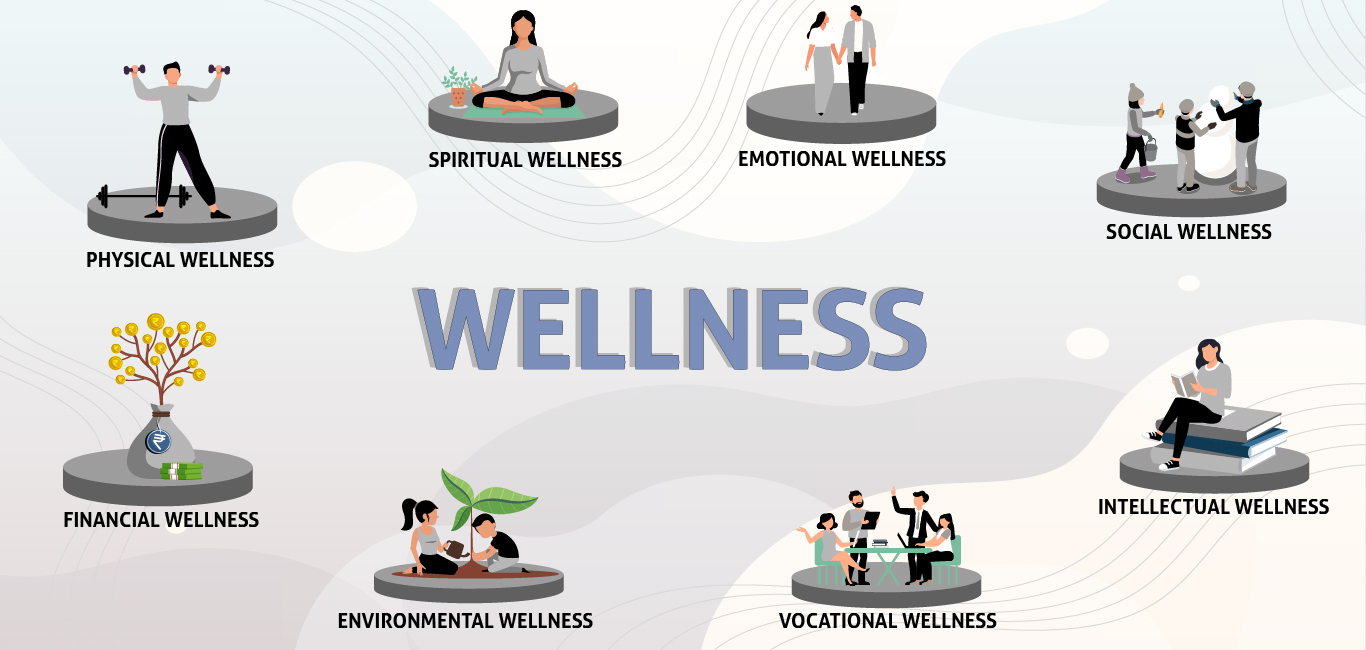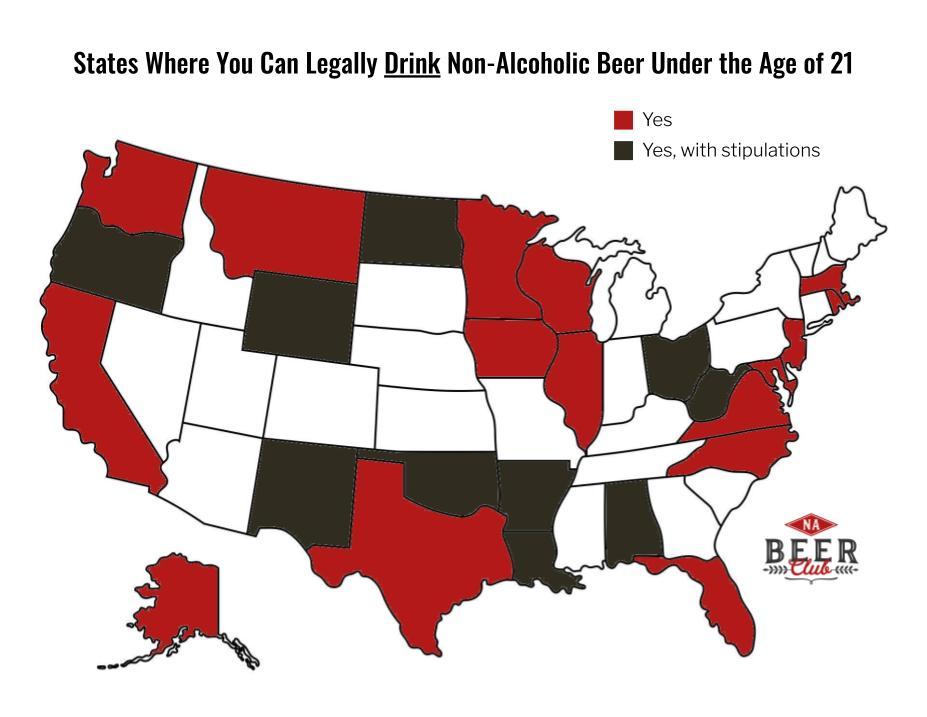Understanding Food Pantries: How They Work and How to Access Support in Your Community
Introduction: What Is a Food Pantry?
A food pantry is a community-based organization that provides free food and, in some cases, other essential supplies directly to individuals and families facing food insecurity. Unlike food banks, which act as large distribution centers that supply food to various agencies, food pantries serve as the last link in the food assistance chain, offering direct help to local residents in need [1] . Food pantries can be found in a wide variety of places, such as churches, schools, community centers, and even commercial buildings [2] .
How Food Pantries Operate
Food pantries typically receive their supplies from local food banks, community donations, grocery store partners, and sometimes government commodity programs. The food is sorted, stored, and distributed by staff or volunteers, with great care taken to ensure safety and hygiene [2] . Many pantries operate on scheduled days each week, while others may offer services on an appointment basis or through mobile outreach programs for hard-to-reach areas [1] .
Pantries provide a variety of items, including canned goods, pasta, rice, beans, cereal, bread, fresh produce, dairy, protein sources, and sometimes personal care products or baby formula. The “client choice” model is increasingly popular, allowing visitors to select the items that best suit their family’s needs, much like shopping in a grocery store [1] .
Who Can Use a Food Pantry?
Most food pantries are open to anyone in need, regardless of income or background, though some may have eligibility guidelines based on household income, residency, or family size. These requirements help ensure that resources are directed to those most in need and may involve asking for basic information like your zip code, the number of people in your household, or a form of identification [1] . Some pantries require no documentation at all, while others may request proof of identity or residence for record-keeping or grant reporting purposes. It’s important to note that many food pantries do not require proof of income [2] .
Types of Food Pantries
To meet diverse community needs, food pantries come in several forms:
- Traditional Pantries: Located in fixed sites such as faith-based organizations, schools, or community centers. They typically serve local residents and may operate on a weekly or monthly schedule.
- Mobile Pantries: These bring food directly to underserved neighborhoods or individuals who cannot easily access a fixed location, such as rural areas or homebound seniors. Mobile pantries may set up at temporary sites or deliver directly to homes [1] .
- Specialized Pantries: Some pantries focus on specific populations, such as children, seniors, or college students. Others may provide additional resources like pet food, hygiene products, or diapers [1] .
Benefits of Food Pantries
Food pantries play a critical role in reducing hunger, improving nutrition, and strengthening communities. By providing a reliable source of free food, they help relieve financial stress for families struggling to make ends meet. Access to fresh produce and healthy staples can improve health outcomes, especially in areas where nutritious food is otherwise scarce [4] . Pantries may also offer nutrition education, health screenings, or referrals to additional support services, such as utility assistance or job training programs.
For example, after the 2008 financial crisis and recent economic challenges, food pantry usage increased significantly, with 6.7% of U.S. households reporting pantry use in 2020, up from 4.4% in 2019 [4] .
How to Find and Access a Food Pantry
If you or someone you know needs food assistance, there are several ways to find a local food pantry:
- Search online for “food pantry near me” or “local food assistance.” Many food banks and hunger relief organizations maintain online directories of local pantries. For example, Feeding America, a leading national network, offers a food bank locator tool on its official website. You can access this by searching “Feeding America food bank locator” in your preferred search engine.
- Contact community organizations, such as local churches, schools, or community centers. Staff can often provide referrals or current information on nearby pantries.
- If you receive social services, ask your case worker or local human services agency for recommendations. They may provide up-to-date lists or direct you to other forms of assistance.
- Call 211 (available in most U.S. areas) for confidential information about food resources and other types of help in your area.
When visiting a food pantry, it’s helpful to bring a reusable bag or box for your groceries. If documentation is required, bring a photo ID and a piece of mail to confirm your address. If you have children, you may be asked for proof of their age or residence. However, many pantries have few or no requirements, and all information is kept confidential.

Source: wallpapers.com
Steps to Accessing Food Pantry Services
Each food pantry may have slightly different procedures. Here is a general step-by-step guide for accessing services:
- Identify Your Need: Determine whether you need ongoing support, emergency food, or specialized products such as infant formula or gluten-free foods. This will help you communicate with pantry staff and find a site that meets your needs.
- Locate a Nearby Pantry: Use online searches, local directories, community bulletin boards, or referrals from service providers.
- Check Pantry Hours and Requirements: Contact the pantry directly or check their website or social media for hours of operation, eligibility guidelines, and distribution methods. Some operate on a walk-in basis, while others may require appointments.
- Prepare for Your Visit: Bring any requested documentation. Arrive during open hours or at your scheduled time. If you need special accommodations, such as home delivery, ask if options are available.
- Receive Food and Support: Staff or volunteers will guide you through the process. You may have the opportunity to select items, or you might receive a pre-packed box based on your household size.
- Inquire About Additional Resources: Many pantries can connect you with other local services, such as rental assistance, healthcare, or job training. Ask staff about available programs or referrals.
Challenges and Solutions
While food pantries are vital, they face challenges such as limited funding, fluctuating donations, and increasing demand. In some regions, transportation or language barriers can make it difficult for residents to access services. To address these challenges, many communities have launched mobile pantries, expanded outreach efforts, and developed partnerships with local businesses and farms to increase the supply of fresh, nutritious foods [4] .
Pantries also adjust their hours, offer multilingual support, and utilize volunteers from within the community to improve service quality and accessibility. If you encounter barriers, consider reaching out to community leaders or advocacy organizations for assistance or alternative resources.

Source: jocyls.com
Alternative Approaches to Food Assistance
In addition to traditional food pantries, other resources may be available in your area:
- Soup Kitchens: Provide prepared meals, often in a communal setting, for those unable to cook at home.
- Meal Programs for Children and Seniors: Many schools and senior centers offer free or reduced-cost meals through government or community programs.
- Supplemental Nutrition Assistance Program (SNAP): Formerly known as food stamps, this federal program provides eligible individuals with a monthly benefit to purchase groceries. To apply, visit the official website of the U.S. Department of Agriculture (USDA) and search for “SNAP application.” Alternatively, contact your local social services office for application guidance.
Key Takeaways
Food pantries are a cornerstone of community support for individuals and families experiencing food insecurity. They offer nutritious food, personal care items, and connections to additional services, often with minimal requirements. If you need help or wish to support your community, you can locate and contact a local food pantry through online searches, community organizations, or by calling 211.
References
MORE FROM searchcritic.com













